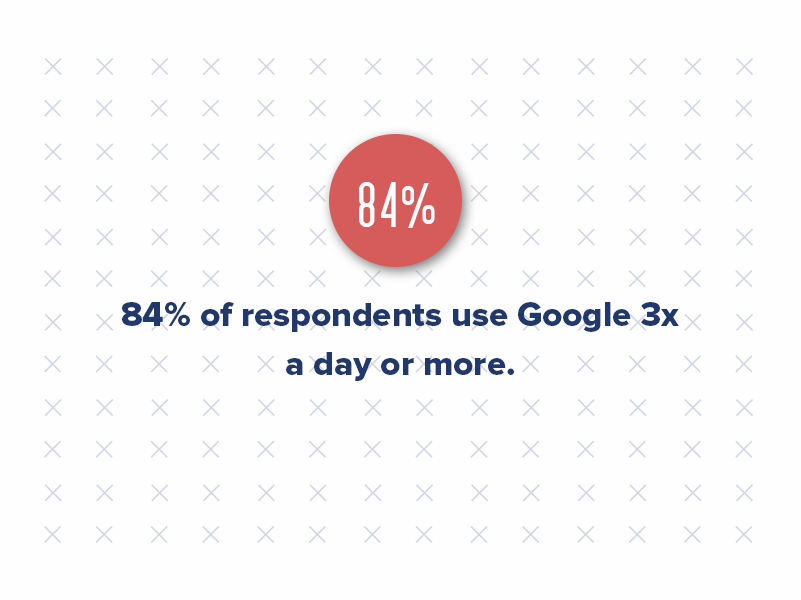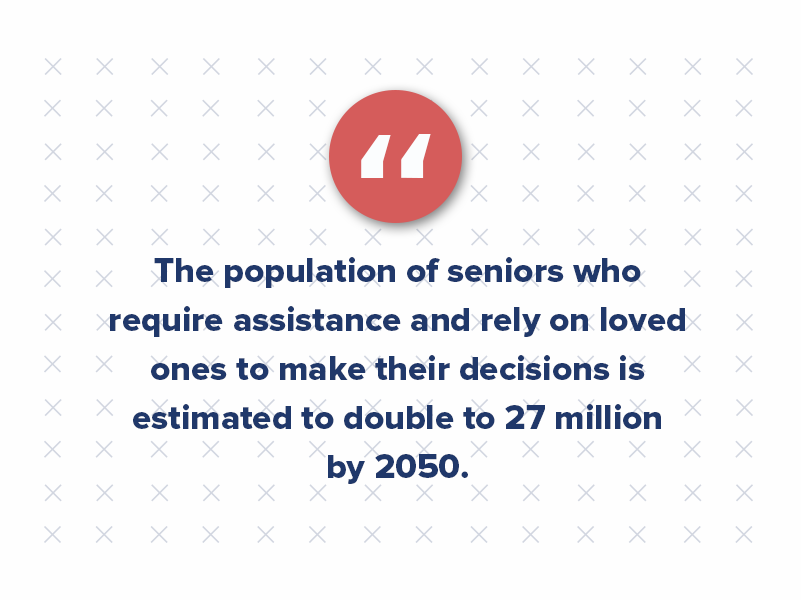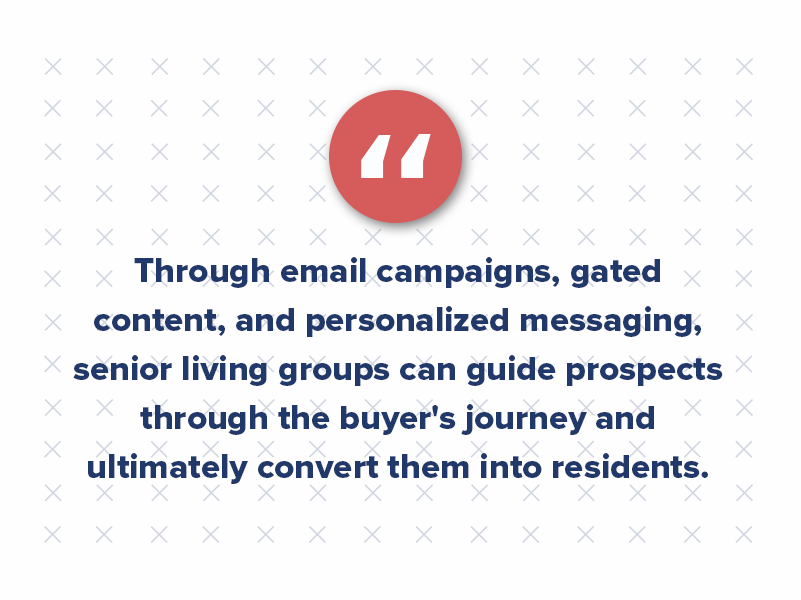Why Senior Living Must Think Differently About Multifamily Leads
Senior living might not jump to the front of the brain when considering industries that benefit from inbound multifamily marketing. The boomer generation has joined the digital age with heels in the dirt, loudly proclaiming a preference for simpler times.
That’s not to say that boomers are digitally inept. However, their preferences lean to tradition, and senior living groups have taken note.
While 87% of American adults use the internet, the number drops to 57% for those aged 65 and older. This may seem like a clear-cut case for senior living marketers, but when you look at the next demographic group (50- to 64-year-olds), the number jumps to 88%.
Suddenly, the issue becomes clear. Not only will the market shift in the next few years to more tech-savvy residents, but the generation of adults seeking solutions for their aging parents are likely looking for senior living groups where they can’t or won’t be found.
The Newfound Power of Consumer Choice
As the post-retirement lifestyle changes, so do people’s purchasing decisions. The internet has shifted the buyer’s journey to one where consumers can research their needs without contacting sales.

A majority of consumer research occurs on Google before turning to other resources, and 84% of respondents use Google three times a day or more. This is a huge detriment to groups that don’t have a digital presence and instead rely on mailers, word-of-mouth, and brochures. A senior living group that can’t be found through this methodology is missing out on consumer education opportunities.
Furthermore, digital content has a longer lifespan than physical materials due to the duration of information on the internet. This means the digital content bringing in leads returns a lower lead cost than traditional methodologies.
Targeting the Decision-Maker
When considering buyer personas for seniors, most people think of the active senior. Active seniors can make their own decisions and support themselves in post-retirement.
Many don’t consider the growing population of seniors who require assistance and rely on loved ones to make their decisions. The U.S. Department of Health and Human Services estimates that by 2050, the population of individuals using these types of long-term care services will double to 27 million. This is a significant shift that will transform the market completely. And for the children of this growing group of adults, research is key to finding high-quality care.

Given the high turnover that exists because the cost and care quality do not meet the expectations of adult children, representing the ability to meet these needs in your online content is vital to success. Educating multifamily leads on these options can build authority with the industry shift from institutionalized care to more community-based services.
The Benefits of Inbound Marketing for Senior Living
- Education and Awareness: Establishing a digital presence allows senior living communities to educate potential residents and their families about the benefits of senior living, the different care options available, and the overall lifestyle offered. Through informative blog posts, videos, and social media content, senior living groups can position themselves as authorities in the field and build trust with their target audience.
- Building Trust and Credibility: By consistently providing valuable and relevant content, senior living communities can build trust and credibility among potential residents. This trust is crucial in the decision-making process, as families want to ensure the well-being and happiness of their loved ones.
- Lead Nurturing: Inbound multifamily marketing enables senior living communities to nurture apartment leads by providing personalized and targeted content based on potential residents’ specific needs and interests. Through email campaigns, gated content, and personalized messaging, senior living groups can guide prospects through the buyer’s journey and ultimately convert them into residents.
- Increased Reach and Engagement: Digital platforms offer a vast reach and the ability to engage with a wide audience. Senior living communities can leverage social media platforms, paid advertising, and search engine optimization to increase visibility, attract qualified multifamily leads, and foster meaningful interactions with potential residents and their families.

Why You Need Digital Apartment Leads for the Digital Age
These trends indicate a bigger change across the economic landscape — that both business and demographic trends are shifting to meet a world where technology is no longer an afterthought. This market shift means a necessary shift in strategy as well.
Older Americans shun traditional homes in favor of new alternatives, so senior living groups must be present online. By targeting online content to the appropriate groups, senior living communities can become a strong resource for active or older seniors. Without adopting this new direction toward lead generation, senior living may very well be shifted out of the market.




